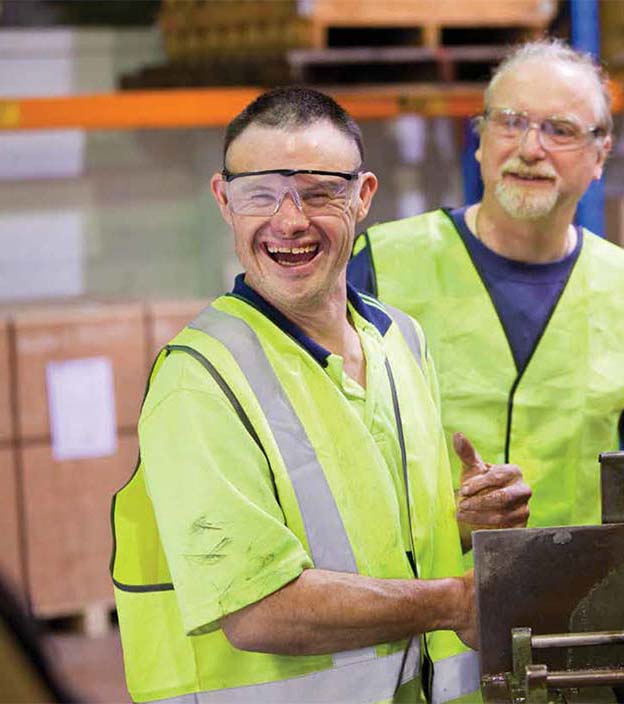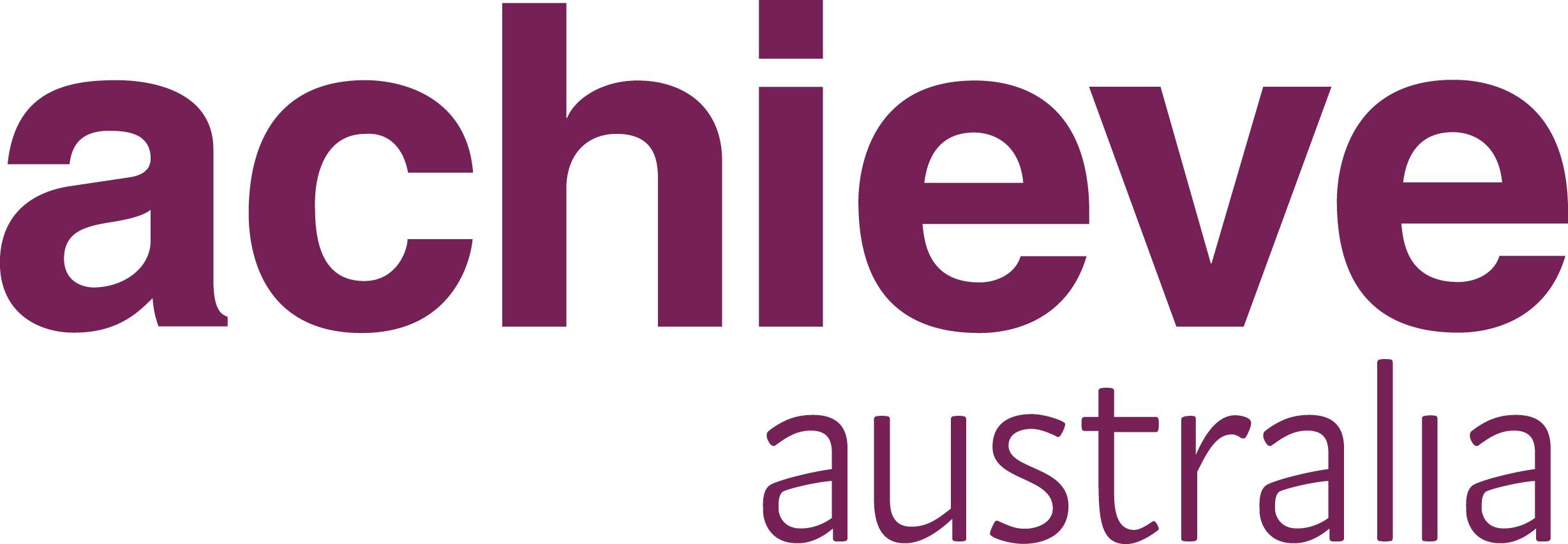A National Disability Employment Strategy developed by the Department of Social Services was launched in February 2022. Achieve takes a look at why Australia needed a new strategy.
Employment is not only about having an income and financial security, but it also links closely to many aspects of a person’s wellbeing. Steady employment can add a sense of belonging and purpose, stability in a regular routine as well as the opportunity to develop new and existing relationships.
According to the Australia Bureau of Statistics (2019), the unemployment rate for working-age people with disability has increased in recent years. While it remained steady for working-age people without disability (around 5% between 2003 and 2018), it increased for people with disability (8% to 10%).
“We know based on current research that Australia is behind other western countries when it comes to disability employment. People with disability are significantly underemployed,” says Operations Executive at Achieve Australia, Daniel Kyriacou. “The real challenge for us as a nation is about changing community attitudes and expectations to provide more opportunities for people with disability to be employed.”
So, how can we do this?
At a national level, the Department of Social Services is developing a National Disability Employment Strategy to increase employment opportunities for people with disability.
The Employment Strategy will focus on five priority areas:
- Lifting employer engagement, capability and demand
- Early intervention – transition from school to work and return to work
- Driving better performance and quality from employment service providers
- Making the system simpler for jobseekers with disability and employers
- Changing community attitudes.
Alongside the development of the Employment Strategy is a new Disability Employment Advisory Committee (DEAC), which will inform the strategy and address the barriers faced by many people. Members of the committee include f people with disability, employers, service providers, and peak bodies.
Operations Manager at AchievAble Enterprises, Leanne Larche, knows firsthand the challenges people with disability face in finding and keeping work. Leanne says that many of the 65 employees, who currently work at the local Australian Disability Enterprise (ADE) in NDIS supported employment, could do more.
“One of the biggest challenges people with disability face when looking for work is around a lack of support and understanding in the workplace,” explains Leanne. “A person may go to find work in a local coffee shop where it might be fast paced, but then they are left alone with no support. Sometimes people are also given less opportunity to learn new tasks and take on more responsibility because they have a disability.”
At a local level, further education and supports for the business community, and their staff, about how to create more inclusive workplaces would be a step in the right direction.
“Everyone should have a right to work where they want to with the right supports in place,” Leanne says.
Achieve Australia’s social enterprise The Sewing Basket, has grown to allow for an additional 25 NDIS supported employment positions at its newest location on the Central Coast. The ongoing training, supportive team environment and welcoming community are something that sets ADEs like The Sewing Basket and AchievAble Enterprises apart right now. [Reader's should note, in March 2022, The Sewing Basket opened yet another new store in Caringbah].
However, as the new National Employment Strategy gets underway, there is new hope. As more businesses across the country are better supported to create diverse and inclusive workplaces, greater employment opportunities will be available for people with disability into the future.

Disability in Australia at a glance
About 4.4 million people or 1 in 6 Australians have a disability.
About 340,000 people with disability are active NDIS participants.
68% of people aged 15-64 with disability have 1 or more employment restrictions.
48% of people with disability are employed compared to 80% of people without disability.
1 in 10 people (15+) with disability experienced discrimination in the last year.
93% of people aged 15-64 with disability experience difficulties in finding employment.
People with disability are twice as likely to be unemployed than people without disability.
Source: Australian Institute of Health and Welfare
Explore more topics
- inclusion
- Accessibility
- disability
- belonging
- Achieve Australia
- The Sewing Basket
- Employment
- disability employment
- Accessible
- Community
- NDIS
- 2022
- Meet our Achievers
- blog
- people with disability
- travel
- women with disability
- Advocacy
- Art
- Australia
- COVID-19
- Celebrating people we support
- Disability services
- Good nutrition
- Health tips
- Mental wellbeing
- NDS
- Sharing milestones
- Sydney
- achievable
- assistance dogs
- depression
- disability communications
- disability inclusion
- election
- employee of the year
- intellectual disability
- motherhood
- pregnancy
- social inclusion
- support workers
